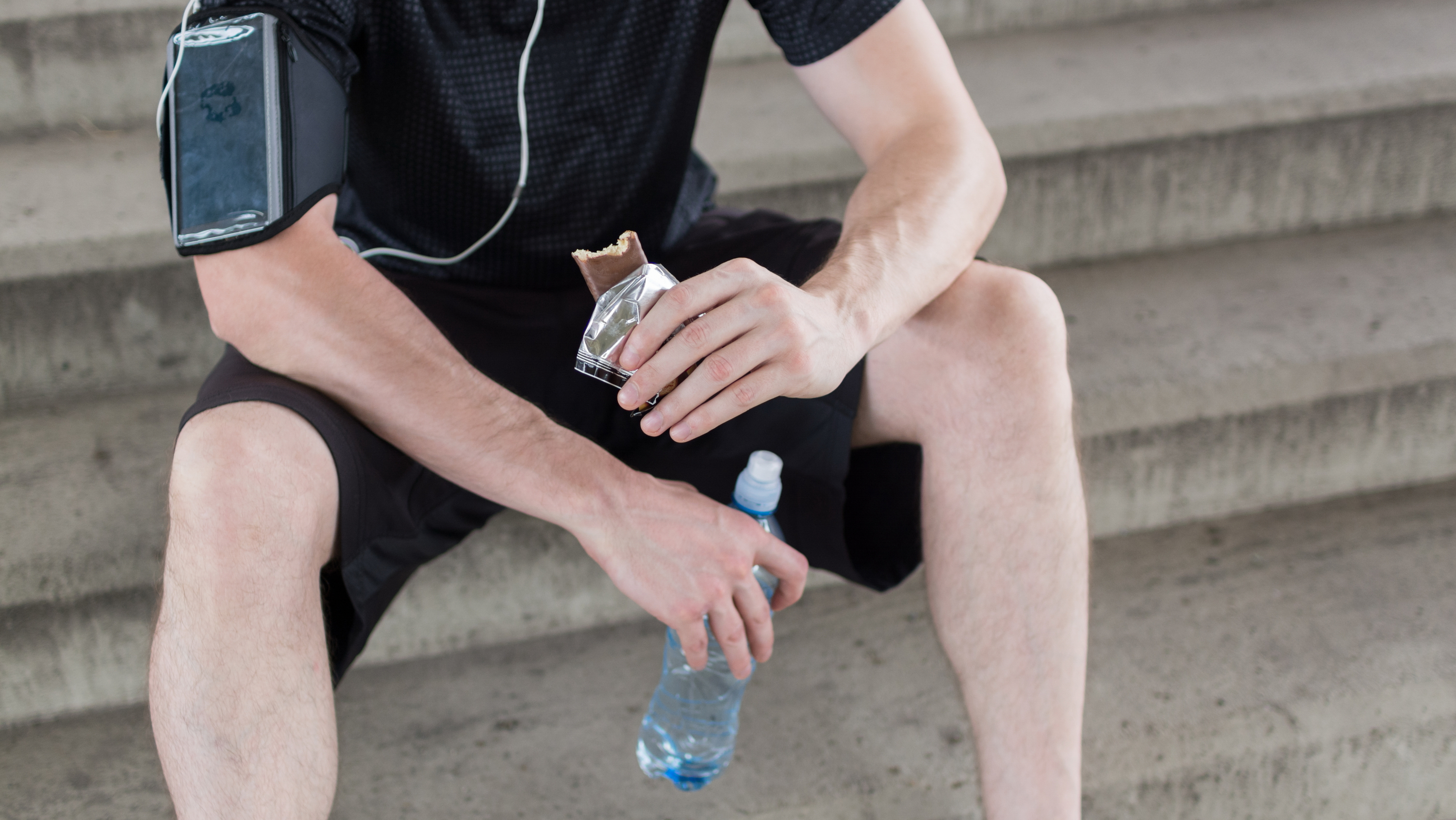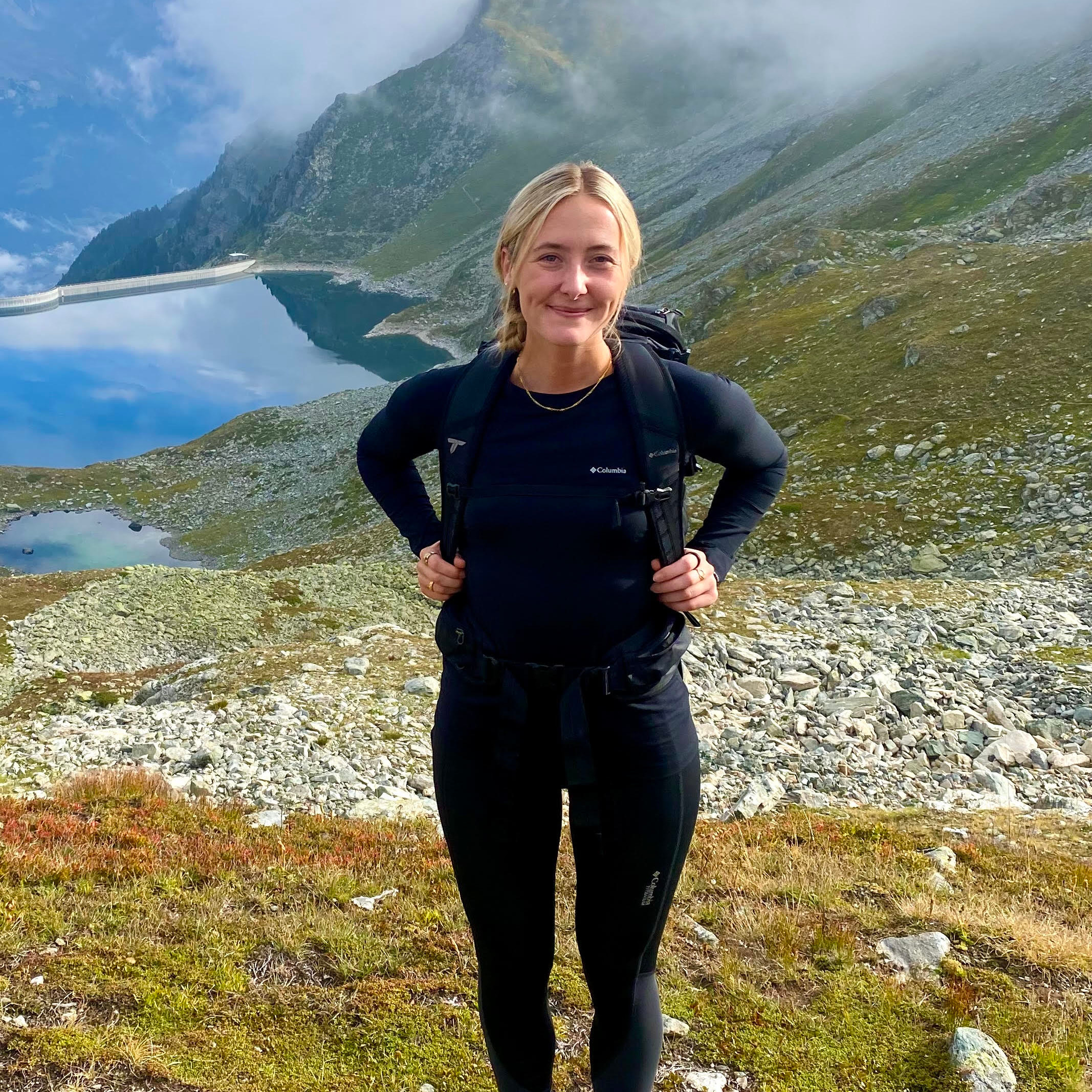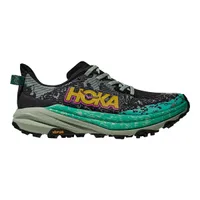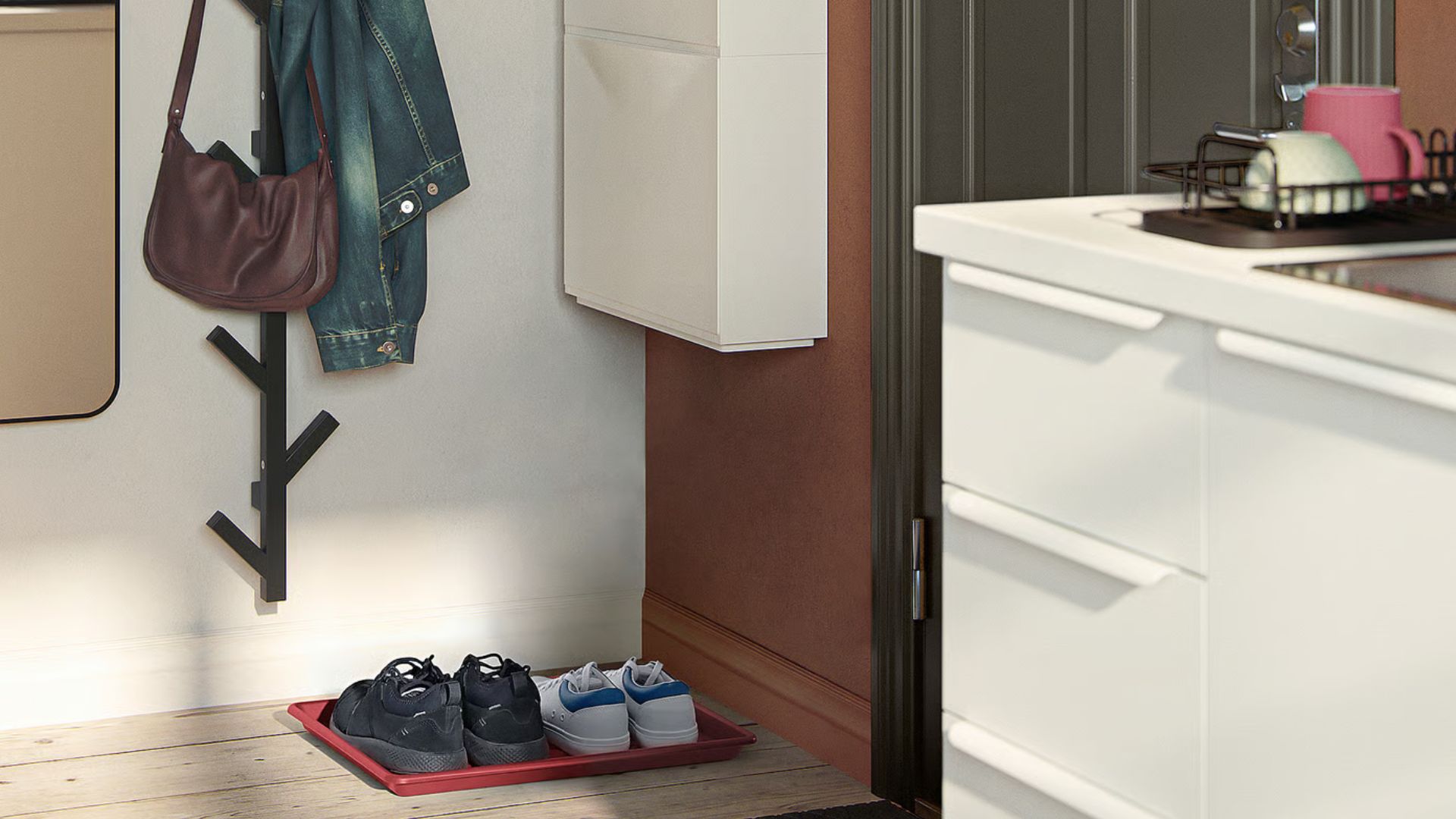I tried slow running every day for 2 weeks — and now I'm hooked
Slow and steady wins the race

Earlier this year, I was deep into marathon training, gearing up for one of many interval runs in a 16-week plan. By week nine, the novelty of running fast had worn off. The pace targets were getting harder, and my body was clearly saying, "Gimme a break, woman."
After finally completing the marathon and taking some time off, I was ready to lace myself back into a pair of the best running shoes. But the last thing my body or mind wanted was speed.
That’s what brought me to the idea of running slowly, on purpose. It sounds simple, right? But I realized that unless I was doing a recovery run after a big mileage day, I rarely ran at a consciously slow pace. Whether I was training for a race, squeezing in a quick run between meetings, or trying to beat last week’s 5K on Strava, I was always chasing numbers.
Which is silly when you think about it. Hitting a goal is great, but running is also a form of escapism. It doesn’t need to involve checking my watch every two seconds. It can just be about moving at the pace my body feels like and switching off from everything else.
What is slow running?

I didn't have a particular slower pace in mind or pay attention to my heart rate zones. I just ran at a pace I could hold a conversation at and tried to maintain a steady rhythm through to the end of the run.
I’m definitely a little late to the party of pace-free running. Over the past six months I've noticed more and more creators on social media gaining traction by sharing their experiences as ‘slow runners.’ On TikTok, the term “slow runner” has a search popularity of 139,000. Even more telling is the rapid rise of related hashtags like “realistic running diaries,” which have seen search interest on Tiktok increase by 601 percent recently.
In desperate need of some less intensive training and a self-proclaimed trend follower, I set off on my own venture, slow running only for a fortnight. Here's what happened.
Get instant access to breaking news, the hottest reviews, great deals and helpful tips.
It made me find new running routes
When I’m training for a race, I tend to stick to the same familiar places. Usually, it’s one of my local parks where I can do laps without worrying about traffic lights or steep inclines getting in the way of the session. But when I adopted my slow runner mantra, I no longer felt the need to avoid hills or unknown routes that might interfere with perfect intervals or pacing.
I also find it dreadfully boring doing relaxed runs in the same spots I’ve spent 16 weeks training in. So, I started looking for paths I hadn’t run before. Unsurprisingly, this made my runs far more enjoyable. I escaped the Stockholm Syndrome I’d developed with my regular routes and ended up discovering more of my local area.
It also gave me time to grow more confident on trails. During marathon blocks, I’d avoid trail runs out of fear that the terrain would hold me back or waste energy on hills. Now I’m eating hills for breakfast and actually enjoying it.
The Hoka Speedgoat 6 is my ride-or-die sneaker right now. Not only are they the grippiest running shoe I own, but they are super breathable, which keeps the foot cool and comfortable while tackling tougher terrain in hot conditions.
It improved my relationship with running
Entering and racing in running events comes with so many positives, I’d struggle to list them all here. There’s the camaraderie you feel with fellow runners, the physical and mental growth that comes from chasing a big goal, and of course, the medal you get to keep after crossing the finish line.
But racing can also take a toll on the mind and body. One bad training run can knock your confidence, running can start to feel like a chore, and if race day doesn’t go to plan, it’s easy to feel disheartened.
When I leaned into my slow running phase, I noticed I consistently came back from runs smiling, feeling genuinely good after my little adventure at my little pace. I had no pace targets to hit, and if someone stepped into my path, I didn’t feel annoyed at being slowed down. I could just keep going. I listened to music or a podcast and enjoyed the simple act of being out, clocking slower miles without pressure.

I even ran a 10K race during my slow run fortnight, which I had signed up for before adopting taking up 'slow running'. For the first time, I didn’t follow a structured training plan for a race. I wasn’t careless. I kept up regular runs, paid attention to recovery, and ate well, but I didn’t include any speed work. On race day, I felt calmer than usual because I wasn’t chasing a specific time. I still pushed myself in the moment, but the pressure was gone.
Slow running is going to become a bigger part of my training from now on
I used to find slow recovery runs painfully boring. I often sped them up just to get them over with and move on to the tougher, more exciting sessions. But this slow running trend has changed my perspective. It's made me appreciate the benefits of easing off the pace, and it turns out I should have been doing it all along. Slow running does not just help with recovery, it can actually help you get faster over time.
You might have heard people talk about Zone 2 training. This means keeping your heart rate in a specific range that improves aerobic endurance without overloading your body. A simple way to think of it is running at a pace where you can comfortably hold a conversation.
If you have a heart rate monitor or one of the best running watches with heart rate tracking, you can test out your Zone 2 pace by aiming for about 60 to 70 percent of your maximum heart rate. You can roughly calculate your max heart rate by subtracting your age from 220. For example, if you are 30 years old, your Zone 2 range would be between 114 and 133 beats per minute.
It's also possible to do if you don't have anything to monitor your heart rate with. Instead, pay attention to your breathing. You should be able to speak in full sentences without gasping for air. If you are struggling to talk, you are probably going too fast.
More from Tom's Guide
- Want to protect your brain as you age? Science says to start with this routine
- Sit-ups, shuttle runs, and pull-ups? Trump revives the presidential fitness test
- Stuck with stiff joints? This 5-move kettlebell trainer workout is your range-of-motion reset

Jessica has been a fitness writer at Tom’s Guide since 2023, bringing three years of experience writing about health, fitness, and the great outdoors. Her passion for exercise began during her childhood, where she spent weekends hiking and competing in local athletics club events. After earning a master’s degree in journalism from Cardiff University, Jessica found the perfect way to combine her love of storytelling and fitness into a career.
Jessica is passionate about testing fitness gear and tech, using her reviews to help readers make informed buying decisions. She ran her first marathon in April 2024, finishing it in 3 hours and 48 minutes. Through her training, she’s developed a deep understanding of what it takes to grow as a runner, from effective workouts and recovery techniques to selecting the right gear for every challenge.
When she’s not at her desk, Jessica enjoys spending time in the kitchen crafting new recipes, braving cold water swims and hiking.
You must confirm your public display name before commenting
Please logout and then login again, you will then be prompted to enter your display name.

